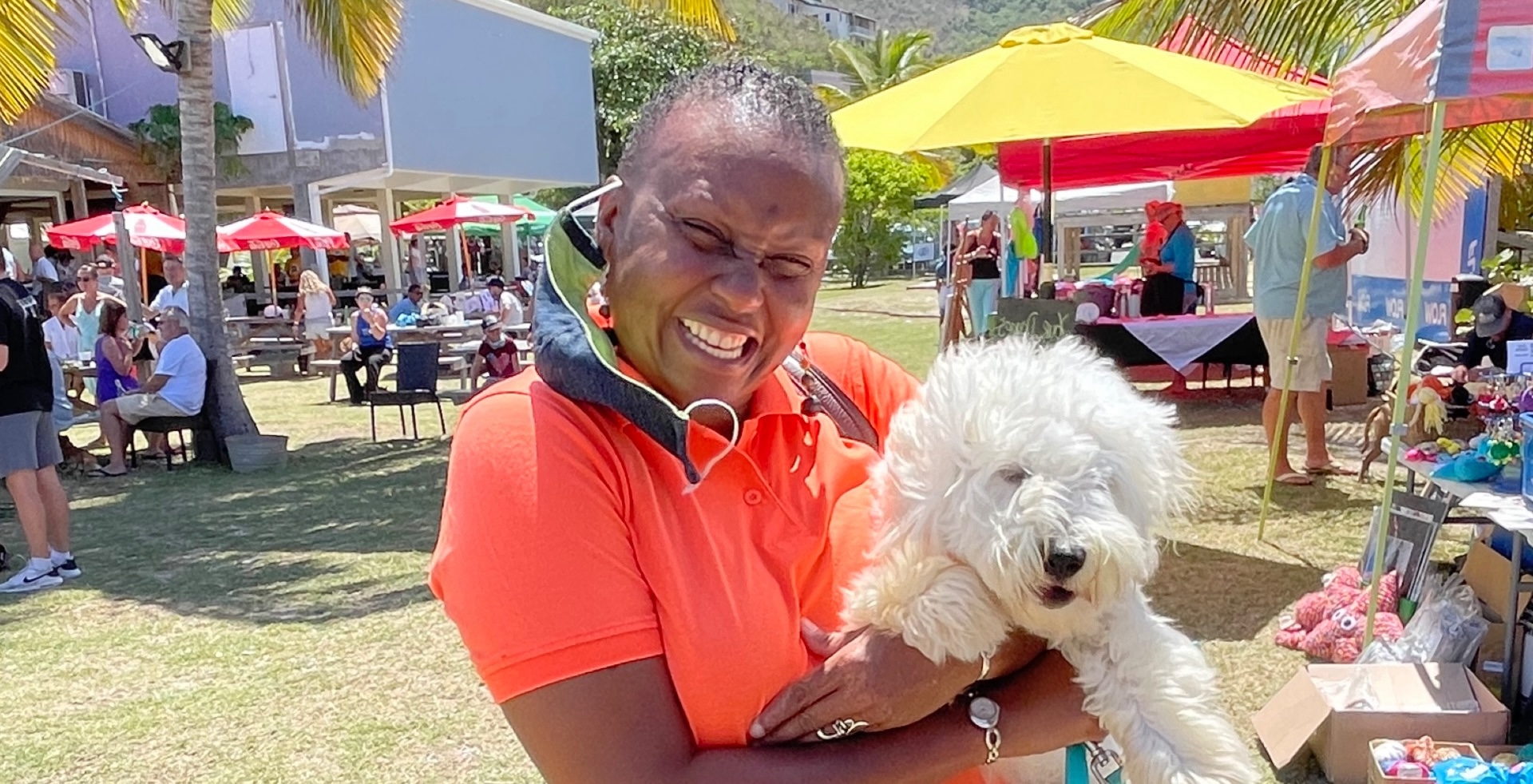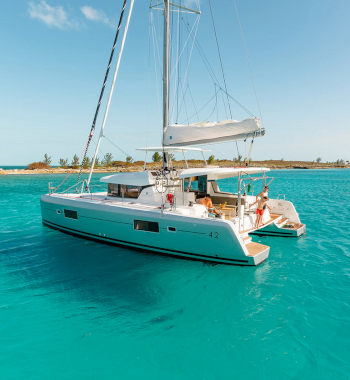Taking it Easy on Jost Van Dyke
One of the best things about living in the British Virgin Islands is the feeling that you are on permanent vacation. Oh yes, I may have a day job. But my commute westward on the West End Road must be one of the world’s best: a procession of velvety islands seemingly suspended in the Sir Francis Drake Channel, and sailboats tacking their way to their next pristine anchorage. And if I am lucky and get the timing right at the end of the day, I catch a glimpse of a salmon-colored sun sinking below the horizon between Great Tobago and St. John.
Then there is the ability to take day trips to some of the world’s most beautiful islands, which is exactly what I did with three friends on a sunny day in June. Our destination was Jost Van Dyke, a hilly and sparsely populated island to the north of Tortola. Jost Van Dyke seems frozen in time. Up until 30 or so years ago, electricity was supplied by a generator, if you were lucky enough to own one, and walking was the primary mode of transportation.

Today, the island has mains electricity, and a dozen or so sturdy four-wheel drive vehicles. The main industry is tourism and dozens of bars and restaurants line the island’s beaches. There are a few rental villas and guest houses, but no hotels, so most visitors come by ferry for the day, or sail into one of its several anchorages – Great Harbour, White Bay and Little Harbour.
We caught the 10am New Horizon Ferry at Tortola’s West End ferry dock. The open backed boat was filled with tourists, a pleasant surprise. It was nice to know that even with Covid restrictions vaccinated visitors were returning to the island.
The ferry pulled into a dock on the western end of Great Harbour, a semi-cicular bay rimmed with sand. If there is a main town in Jost Van Dyke, this would be it. But don’t expect a shopping mall, or a highway. The road is a sandy track along the beach. The only places to buy groceries are a couple of small superettes, heavy on canned goods and light on fresh vegetables, and a bakery. Otherwise, residents commute to Tortola to provision. In all, there are (give or take) 300 full-time residents on Jost, many of whom own, or work in, one of the islands’ scores of beach bars. How many places can say beach bars are pretty much their only industry? Jost residents prefer life uncomplicated by the hustle and bustle found elsewhere in the world.

This is the world we found ourselves in when we disembarked from the ferry and climbed into a small truck whose bed was topped with a canopy, safari bus style. Our destination was White Bay, an amazingly beautiful stretch of white sand on the island’s western end. The road is now paved, but I remember when it wasn’t, and I would walk over a rough track to White Bay. The steep climb rewarded the intrepid with a sweeping view of White Bay as you rounded the top and started the downwards descent towards the beach.
The views from the taxi were the same, and “Bun” our driver, stopped at the top so we could take photos. He let us off near Soggy Dollar Bar, which advertises itself as the “Home of the Painkiller” a potent concoction of dark (usually Pusser’s) rum, pineapple and coconut – with emphasis on the rum. The Soggy Dollar’s well-earned name is derived from the wet dollar bills which sailors had tucked into their swimsuits and are hung up to dry on a clothesline behind the bar.

White Bay is known for its many locally owned and colorful beach bars, but not all of them were open that day. We headed to another favorite bar on the beach, Hendo’s Hideout. The daughter of one of our group worked there for a year or so, and as the mom of a popular former employee, Graceann got royal treatment. We sat on lounge chairs shaded by bright orange umbrellas, swam, occasionally dipped into the clear warm water and had lunch at the restaurant, an open-air structure constructed of hardwood posts and a tall sturdy roof. As the day wore on the bay filled with sailboats, another indication that visitors, especially sailors, were returning to the islands.

Bun picked us up at around 3 and we headed back over the hill to Great Harbour, where we had a drink at Foxy’s Tamarind Bar and browsed in the boutique filled with tropical wear and accessories, one of my favorites in the islands. Foxy built the bar in the early ‘70s when Jost Van Dyke was primarily frequented by a group of diamond in the rough sailors, many of whom sailed over on classic wooden boats from neighboring St. John. When Foxy and this sailing cohort hatched a plan to start a wooden boat race, one of the islands most well-known regattas was launched, and Jost Van Dyke was put on the map. Now Foxy’s many annual regattas and events are world renowned. His New Year’s party (at least pre-covid) is one of the world’s most celebrated – right up there with New York’s Times Square and London’s Trafalgar Square. Or, as the story goes.
Just before 5pm we walked along the beach to the ferry, passing several beach bars and small boutiques along the way. Children were walking home from school, two old men sat at a table along the beach and wooden fishing boats lay on the sand; a spectacular rainbow arched over the harbour.
As we approached the ferry, most of the group we came over with were already on board. They seemed to have enjoyed the day as much as we had.






